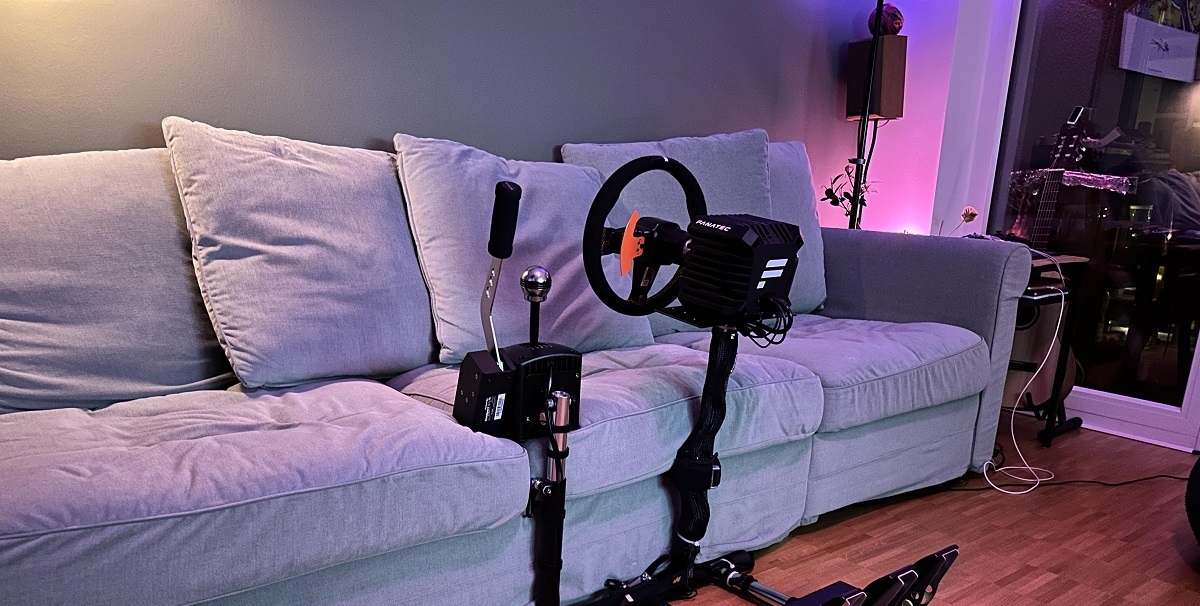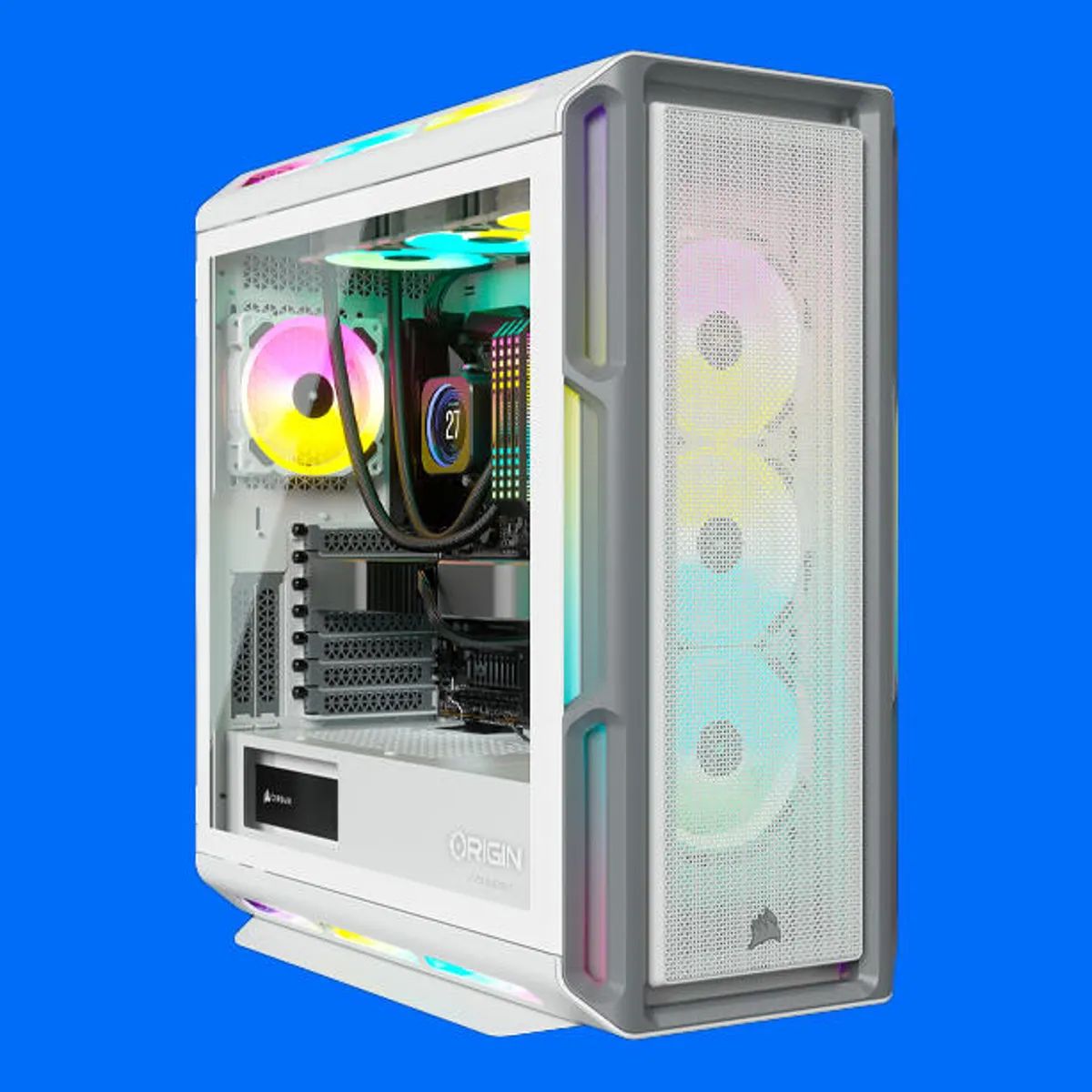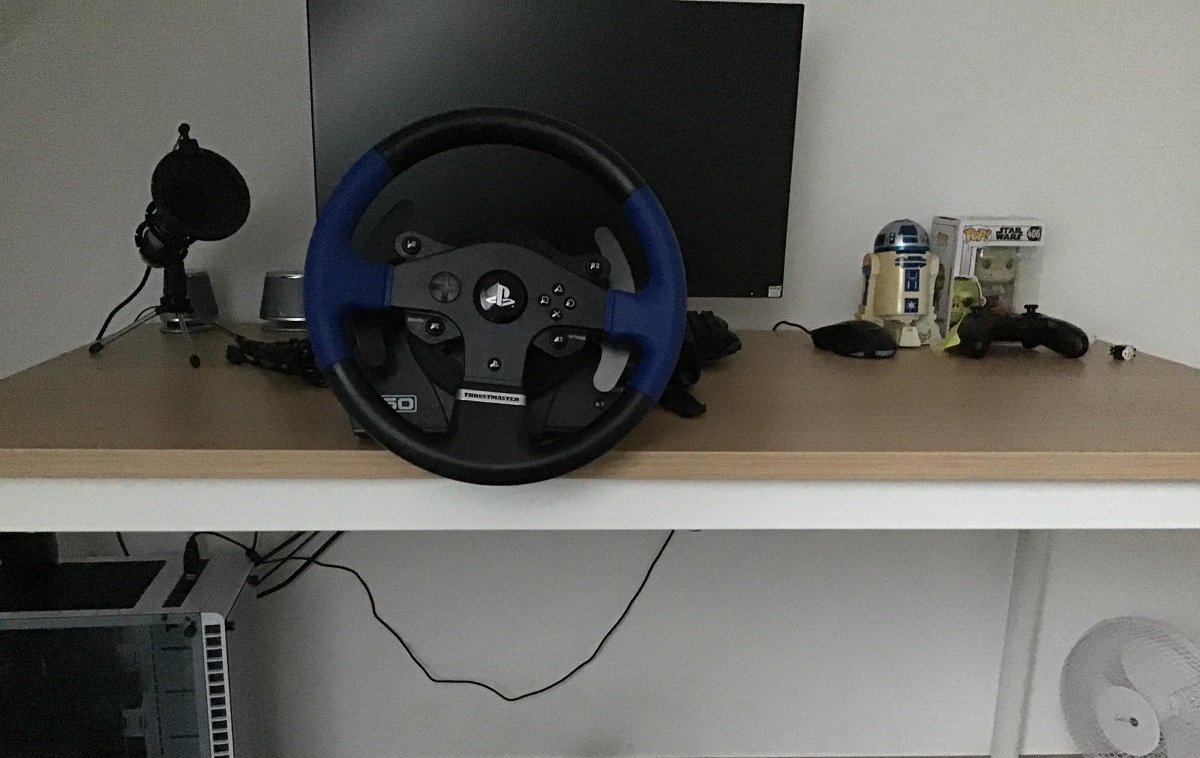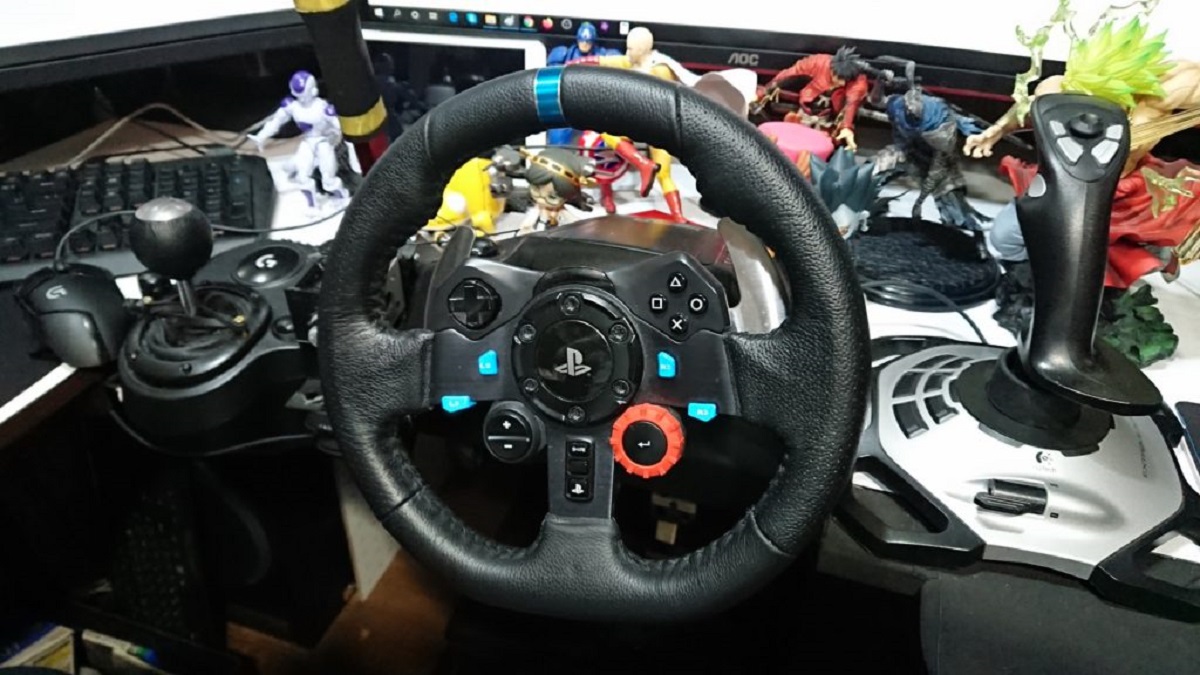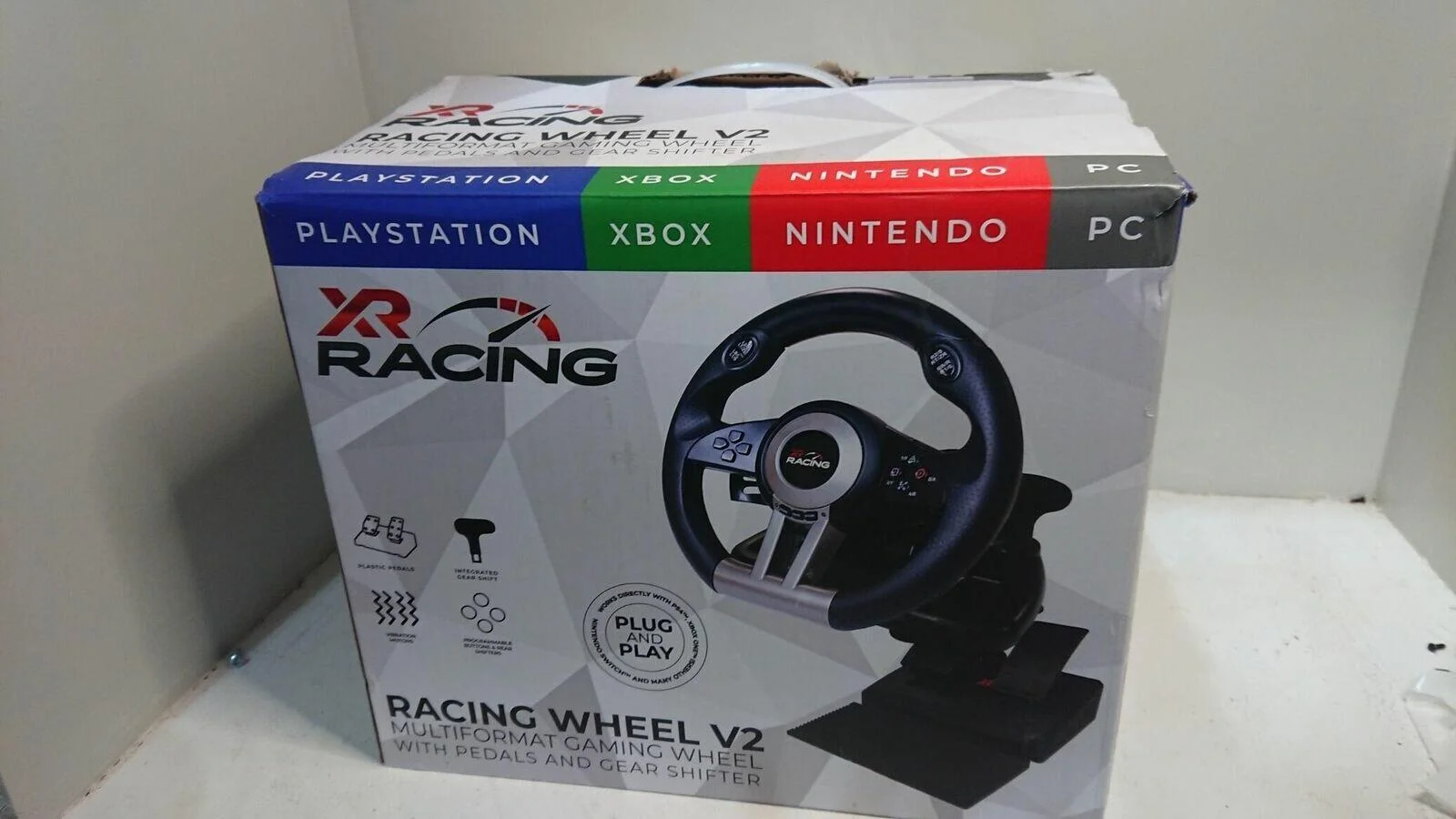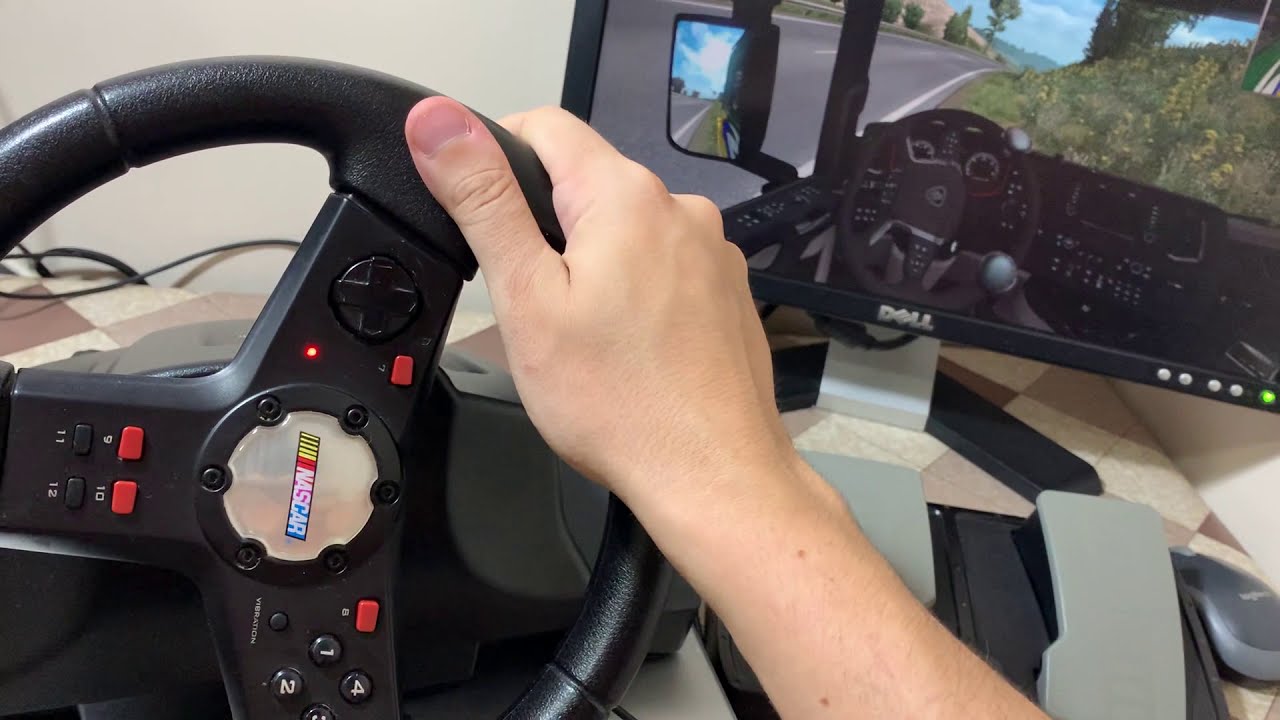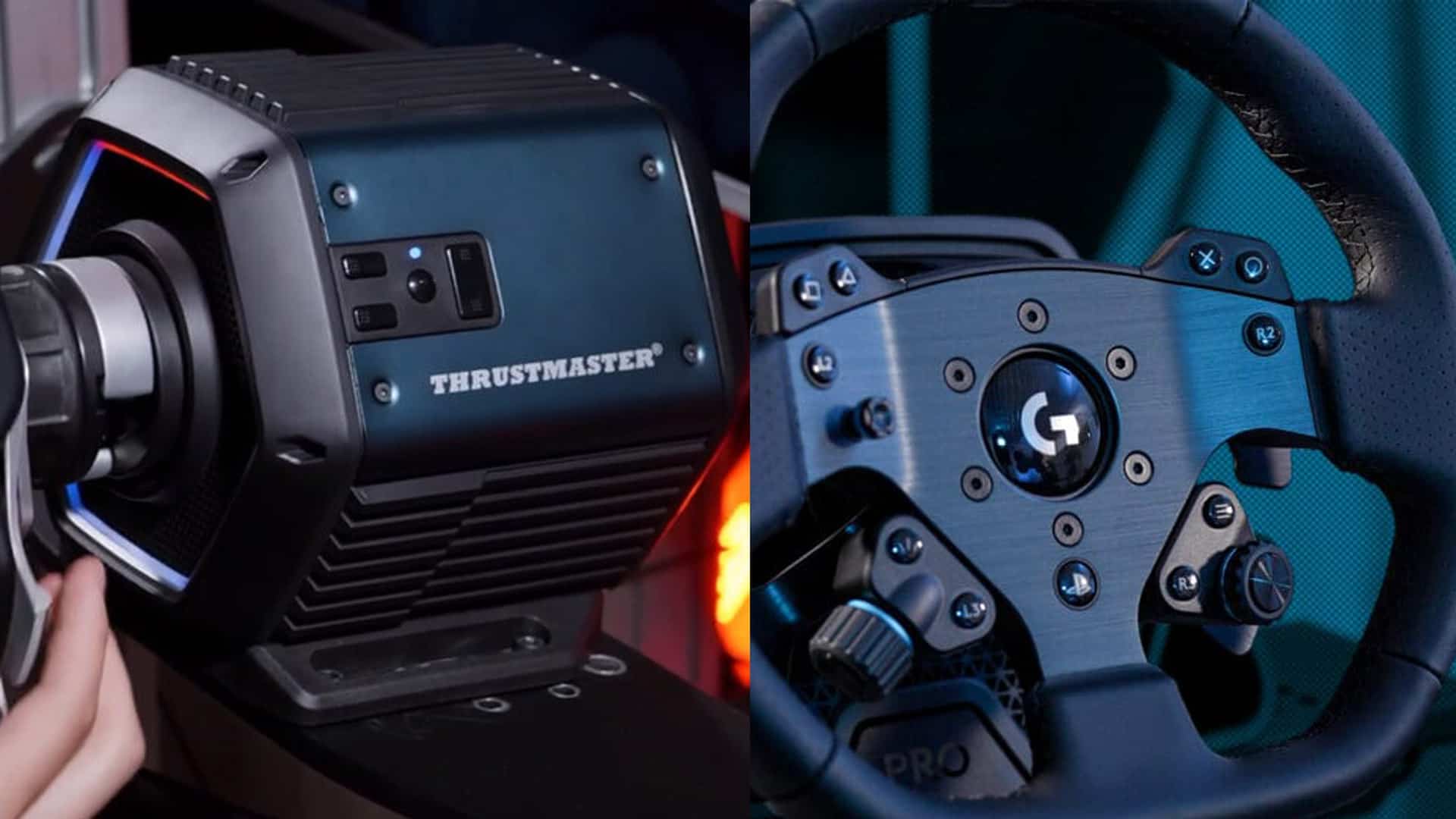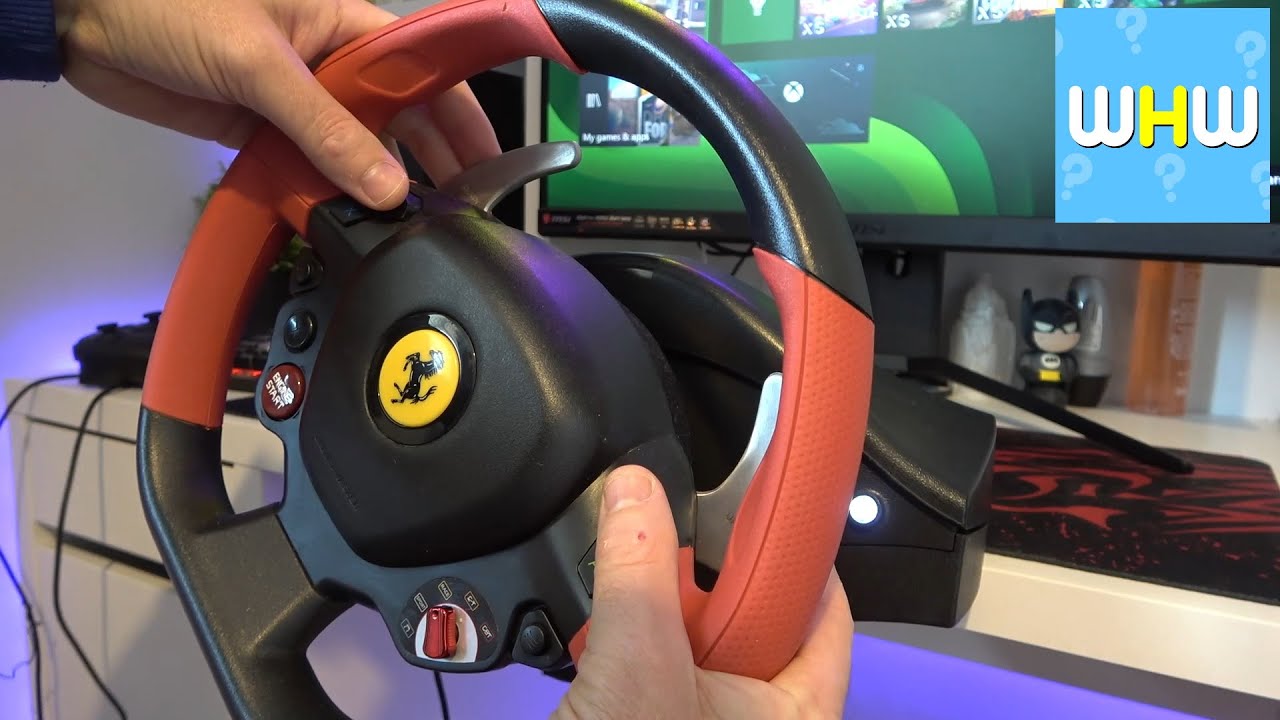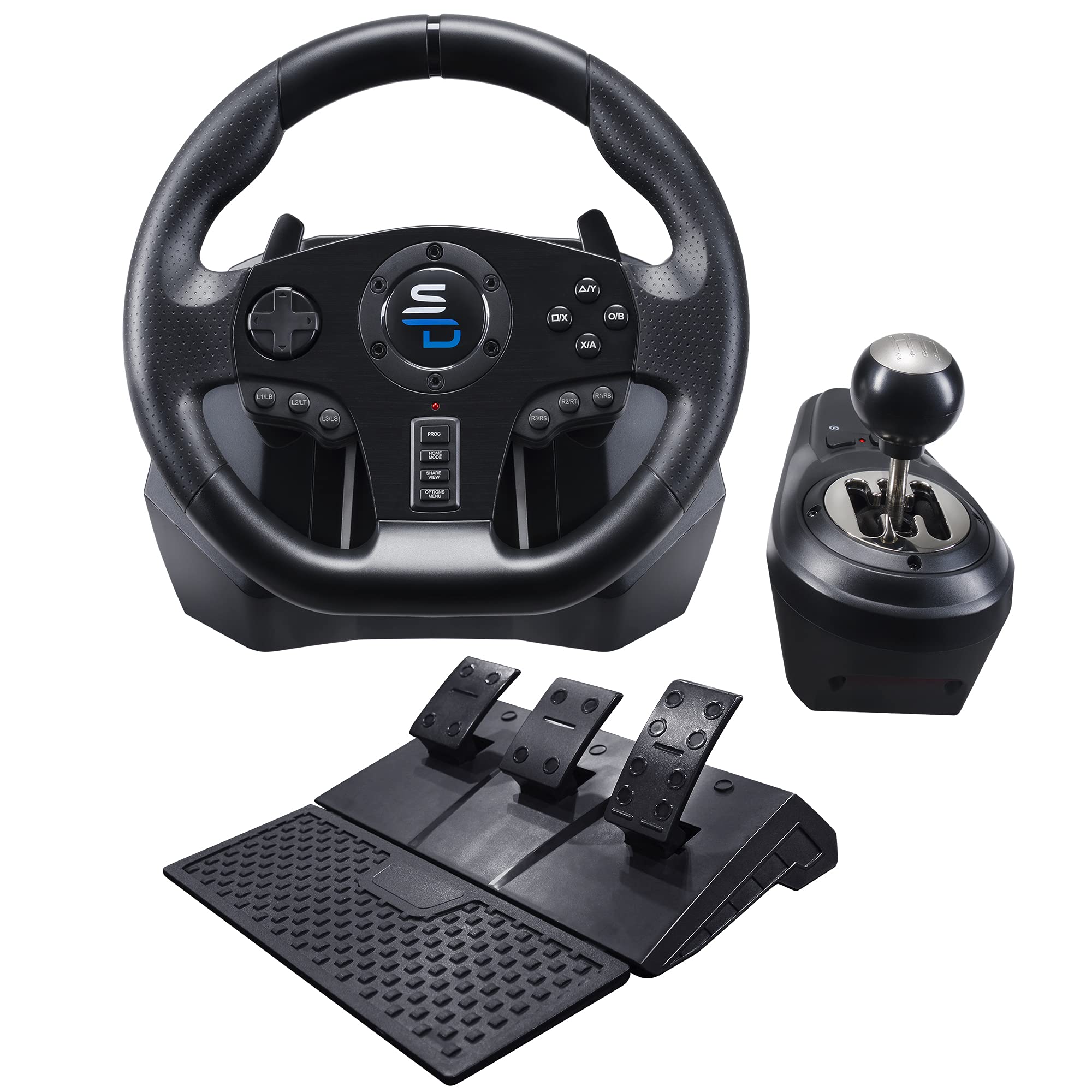Introduction
Introduction
So, you've decided to take your racing game experience to the next level by setting up a racing wheel on your couch. This decision will undoubtedly elevate your gaming experience, providing a more immersive and realistic feel. With the right equipment and setup, you can feel the thrill of the race as if you were behind the wheel of a real car. However, before you jump into the driver's seat, there are a few key considerations and steps to keep in mind to ensure a smooth and enjoyable setup process.
In this guide, we will walk you through the process of setting up a racing wheel on your couch, from choosing the right equipment to adjusting the wheel settings and mounting the wheel securely. By following these steps, you can create a comfortable and functional racing setup that will enhance your gaming experience and bring you closer to the excitement of real-life racing.
Whether you're a seasoned racing game enthusiast or just getting started, this guide will provide you with the essential knowledge and tips to set up your racing wheel on the couch effectively. So, let's dive into the world of virtual racing and get ready to experience the thrill of the track from the comfort of your living room.
Choosing the Right Racing Wheel
When it comes to setting up a racing wheel on your couch, selecting the right wheel is crucial to ensure a realistic and enjoyable gaming experience. With a wide variety of racing wheels available on the market, it’s essential to consider several factors before making your choice.
Compatibility: Before purchasing a racing wheel, ensure that it is compatible with your gaming console or PC. Different wheels are designed to work with specific platforms, so be sure to check the compatibility requirements to avoid any compatibility issues.
Force Feedback: Opt for a racing wheel with force feedback technology, which provides realistic resistance and response as you navigate the virtual racetrack. This feature adds an extra layer of immersion, allowing you to feel the terrain and the vehicle’s dynamics as if you were driving a real car.
Wheel Rotation: Consider the wheel’s rotation angle, which determines how far the wheel can turn from lock to lock. A wider rotation angle, typically 900 degrees, offers a more authentic driving experience, allowing for precise steering inputs and realistic control of the virtual vehicle.
Pedal Quality: Pay attention to the quality of the included pedals. Look for pedals with realistic resistance and a progressive feel, mimicking the experience of operating a real vehicle’s pedals. Additionally, pedals with adjustable pedal faces and a responsive brake pedal add to the overall authenticity of the setup.
Build Quality and Design: Assess the build quality of the racing wheel, ensuring that it is durable and designed to withstand extensive use. Additionally, consider the ergonomics of the wheel, as a comfortable and well-designed wheel can enhance your gaming experience and reduce fatigue during extended play sessions.
By carefully considering these factors and researching the available options, you can select a racing wheel that meets your specific preferences and gaming setup. Whether you prioritize realism, precision, or customization options, choosing the right racing wheel sets the foundation for an immersive and exhilarating racing experience from the comfort of your couch.
Setting Up the Racing Wheel
Once you’ve chosen the ideal racing wheel for your gaming setup, it’s time to proceed with the setup process. Properly configuring the racing wheel ensures that it functions optimally and provides a realistic driving experience. Here’s a step-by-step guide to setting up your racing wheel:
1. Connection: Begin by connecting the racing wheel to your gaming console or PC according to the manufacturer’s instructions. Ensure that all cables are securely plugged in, and any required drivers or software are installed to enable full functionality.
2. Calibration: Most racing wheels require calibration to ensure accurate performance. Access the calibration settings through the provided software or in-game options to fine-tune the wheel’s sensitivity, dead zones, and force feedback settings. This step is crucial for achieving precise and responsive control during gameplay.
3. Button Mapping: Customize the button mapping on the racing wheel to suit your preferences and gameplay style. Assign functions such as shifting gears, activating in-game menus, or adjusting in-game settings to the wheel’s available buttons and paddles for seamless control without relying on the standard controller.
4. Force Feedback Tuning: Experiment with the force feedback settings to find the right balance of realism and comfort. Adjust the strength, effects, and overall intensity of force feedback to match your desired level of immersion and tactile feedback while driving in the virtual world.
5. Software Updates: Check for and install any available software updates for the racing wheel. Manufacturers often release updates to improve compatibility, add features, or address any performance issues, ensuring that your racing wheel operates with the latest enhancements and optimizations.
By following these steps, you can effectively set up your racing wheel for an immersive and responsive gaming experience. Taking the time to configure the wheel to your preferences and ensuring that it is operating at its best will enhance your enjoyment of racing games and bring you closer to the excitement of real racing, right from the comfort of your couch.
Adjusting the Wheel Settings
After setting up the racing wheel, it’s essential to fine-tune the wheel settings to match your gaming preferences and optimize the driving experience. Adjusting the wheel settings allows you to personalize the feel and responsiveness of the wheel, enhancing your control and immersion in the virtual racing environment. Here are the key aspects to consider when adjusting the wheel settings:
1. Sensitivity: Experiment with the wheel sensitivity settings to find the right balance between responsiveness and precision. Higher sensitivity can result in quicker steering inputs, while lower sensitivity may require more significant wheel movements for steering. Adjust this setting based on your driving style and the specific requirements of the racing game.
2. Dead Zones: Dead zones refer to the area around the wheel’s center position where minimal input is registered. Fine-tuning the dead zones ensures that the wheel responds accurately to your inputs, minimizing any lag or unresponsiveness in the steering. Adjust the dead zones to eliminate any unwanted play in the wheel’s movement.
3. Wheel Rotation Angle: Depending on the game and personal preference, adjust the wheel rotation angle to match the in-game vehicle’s steering ratio. This setting ensures that the wheel’s rotation closely mirrors the virtual vehicle’s steering, providing a more realistic and intuitive driving experience.
4. Force Feedback Intensity: Tailor the force feedback intensity to your liking, balancing the level of tactile feedback with comfort during extended gameplay. Adjust the strength and effects of force feedback to complement the specific characteristics of each game and to enhance the sensation of driving on different surfaces and under varying conditions.
5. Centering Spring: Some racing wheels feature a centering spring that provides resistance as the wheel returns to the center position. Adjust the centering spring strength to achieve a natural and consistent feel when steering, ensuring that the wheel responds predictably and smoothly during gameplay.
By carefully adjusting these wheel settings, you can customize the driving experience to align with your preferences and optimize control over the virtual vehicles. Fine-tuning the sensitivity, dead zones, force feedback, and other parameters allows you to create a personalized and immersive racing setup that enhances your enjoyment of racing games from the comfort of your couch.
Mounting the Racing Wheel to the Couch
Securing the racing wheel to the couch is a crucial step in creating a stable and comfortable gaming setup. Proper mounting ensures that the wheel remains steady during intense racing sessions, allowing you to focus on the gameplay without any distractions. Here’s how to effectively mount the racing wheel to the couch:
1. Wheel Stand or Mounting Bracket: Consider investing in a dedicated wheel stand or mounting bracket designed to attach the racing wheel to the couch. These accessories provide a stable and adjustable platform for the wheel, allowing you to position it at the ideal height and angle for comfortable and ergonomic gameplay.
2. Secure Attachment: If using a wheel stand or mounting bracket, follow the manufacturer’s instructions to securely attach the racing wheel to the stand or bracket. Ensure that all locking mechanisms and fasteners are tightened to prevent any wobbling or shifting of the wheel during use.
3. Couch Compatibility: If your couch has armrests or a solid frame, consider using clamps or mounting solutions designed to attach the racing wheel to the couch’s structure. These clamps should provide a firm grip without causing damage to the couch, allowing you to create a stable and integrated gaming setup.
4. Adjustable Positioning: Opt for a mounting solution that offers adjustable positioning, allowing you to fine-tune the height and distance of the racing wheel to suit your seating position and gaming preferences. This adjustability ensures that you can find the most comfortable and ergonomic setup for extended gaming sessions.
5. Cable Management: Once the racing wheel is securely mounted, organize the cables to prevent tangling and tripping hazards. Use cable clips or ties to route the cables neatly along the couch’s frame or the wheel stand, keeping them out of the way while maintaining a tidy and organized gaming area.
By effectively mounting the racing wheel to the couch, you can create a stable and ergonomic gaming setup that enhances your racing experience. Whether using a dedicated wheel stand, mounting bracket, or couch clamps, securing the racing wheel in an optimal position ensures that you can fully immerse yourself in the virtual racing world while maintaining comfort and stability during gameplay.
Testing and Enjoying Your Racing Wheel Setup
With the racing wheel securely mounted and all settings adjusted to your preference, it’s time to put your setup to the test and immerse yourself in the thrilling world of virtual racing. Here are the essential steps to ensure that your racing wheel setup delivers an exhilarating and immersive gaming experience:
1. Game Selection: Choose a racing game that supports racing wheel peripherals and offers a diverse range of vehicles and tracks. Selecting a game with realistic physics and detailed force feedback integration can maximize the benefits of your racing wheel setup, providing a truly immersive driving experience.
2. Calibration Check: Before diving into a race, perform a quick calibration check to ensure that the racing wheel responds accurately to your inputs. Verify that the steering, pedals, and force feedback operate as intended, allowing you to make any final adjustments before starting your gaming session.
3. Practice Sessions: Engage in practice sessions to familiarize yourself with the racing wheel’s feel and responsiveness. Take the time to adjust to the enhanced control and feedback provided by the wheel, honing your driving skills and exploring the nuances of each vehicle’s handling characteristics.
4. Race Simulation: Participate in race simulations to experience the full potential of your racing wheel setup. Feel the thrill of competitive racing as you navigate challenging tracks, tackle varying weather conditions, and compete against AI opponents or other players online, all while benefiting from the heightened realism and immersion offered by the racing wheel.
5. Fine-Tuning: Throughout your gaming sessions, continue fine-tuning the wheel settings to match the specific requirements of each game and to accommodate your evolving preferences. Experiment with different force feedback intensities, steering sensitivities, and pedal configurations to optimize your control and enjoyment of the virtual racing experience.
6. Enjoyment and Immersion: Embrace the immersive and exhilarating experience that your racing wheel setup provides. Feel the adrenaline rush as you tackle high-speed corners, navigate challenging terrain, and compete for victory, all while experiencing the authentic feedback and control that the racing wheel delivers.
By following these steps and fully immersing yourself in the gaming experience, you can thoroughly enjoy the benefits of your racing wheel setup. Whether aiming for victory in intense races or simply relishing the sensation of realistic driving, your carefully configured racing wheel setup brings the excitement of the racetrack directly to your living room, elevating your gaming experience to new heights.







